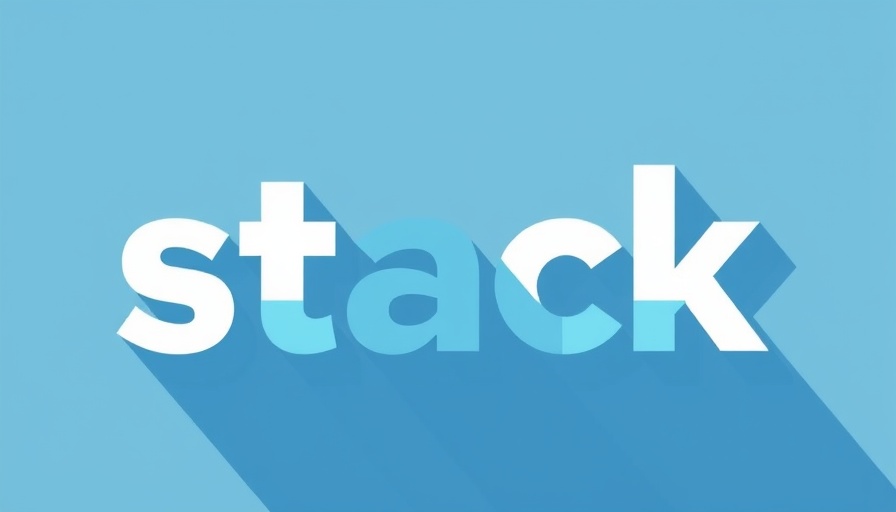
Understanding Invoice Factoring: A Game Changer for Cash Flow
In the dynamic world of business, cash flow often dictates success or failure. Roughly 60% of small business owners encounter cash flow issues at some point, stifling growth and impacting their capacity to seize new opportunities. Enter invoice factoring: a financial lifeline that enables business owners to unlock cash hidden in unpaid invoices.
This process allows businesses to sell their invoices to a third-party factoring company at a discount, providing immediate access to capital without waiting for clients to pay their bills. Harnessing this financial tool can help businesses fund strategic initiatives, invest in operations, and ensure steady cash flow despite uneven payment timelines from customers.
How Does Invoice Factoring Work?
Invoice factoring is a straightforward yet effective method for managing accounts receivable. Here’s how it typically works:
- The business approaches a factoring company with the intention to sell its invoices.
- They finalize an agreement covering the terms, including the discount rate applied to the invoices.
- The factoring company evaluates the invoices and the creditworthiness of the customers who owe them.
- Upon approval, the factoring company advances the business 80-90% of the invoice value, minus their fees.
- The factoring company then collects payments directly from the business’s customers.
This approach allows companies to access funds urgently, which can improve their operational flexibility. According to financial experts, the strategic use of invoice factoring can significantly bolster a firm’s financial health, making it an appealing option for business expansion loans.
The Pros and Cons of Invoice Factoring
While invoice factoring presents many benefits, it also comes with potential drawbacks. Here are some advantages:
- Improved Cash Flow: Invoice factoring provides immediate cash, avoiding the cash flow interruptions that can hinder growth.
- No Debt Incurred: Unlike loans, invoice factoring doesn’t add debt to the balance sheet.
- Credit Risk Delegated: The factoring company assumes the responsibility of collecting debts, relieving businesses of this burden.
However, it's essential to consider some downsides:
- Cost: Factoring can be more expensive than traditional loans when including fees and discounts.
- Customer Relationships: Customers may perceive the involvement of a third party negatively.
- Limited Control: Handing off invoice collection means businesses may lose direct control over their customer interactions.
When to Consider Invoice Factoring
Invoice factoring can be a viable option for various scenarios:
- Seasonal Sales Fluctuations: Businesses seeing fluctuating sales can benefit from immediate cash influx to manage operations.
- Quick Growth Needs: Rapidly growing businesses often face cash flow challenges; factoring gives them the leverage needed to capitalize on opportunities.
- Diverse Revenue Streams: Companies with multiple clients experience a smoother factoring process and can diversify their income sources.
Alternatives to Invoice Factoring
While invoice factoring is beneficial, it’s not the only option. Businesses might also explore:
- Business Loans: Traditional small business loans can offer structured repayment plans.
- Business Line of Credit: A flexible option that allows businesses to withdraw funds as needed and only pay interest on the amount used.
- Merchant Cash Advances: These provide quick access to capital but often come with higher costs.
Making the Right Choice for Your Business
In conclusion, invoice factoring is a potent financial solution for maintaining cash flow and empowering business growth. However, as with any financial strategy, it’s crucial for business owners to assess their needs and consider various financing options available.
By weighing the pros and cons and understanding how invoice factoring works in the financial landscape, entrepreneurs can make informed decisions that align with their strategic objectives. Whether opting for invoice factoring, traditional loans, or alternative financing solutions, achieving a well-rounded business funding strategy will foster long-term growth.
 Add Row
Add Row  Add
Add 



Write A Comment